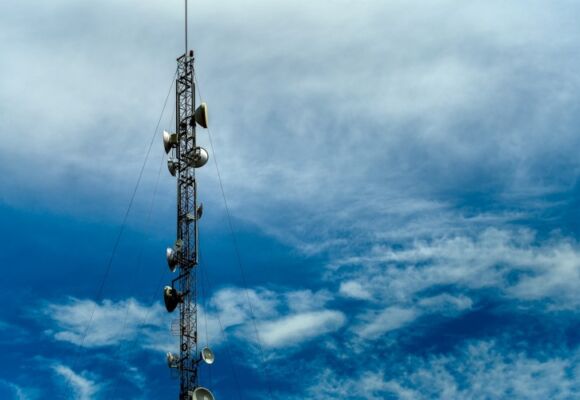Government changes to 4G blackspots
The Government aims to “turbo charge” 5G roll out and eliminate 4G “blackspots.” It is considering further reforms to the planning system in order to support the telecoms network upgrade that will be required to deploy 5G and to extend network coverage. There are proposals afoot to extend “permitted development” rights so that new and existing mobile phone masts could be made 5 metres taller and 2 metres wider than current rules allow.
Moreover, the Government’s Electronic Communications Code, as part of the Digital Economy Act 2017, has raised the spectre of a new telecoms mast being installed either within your backyard or very near to it. The new statutory powers of telecoms operators like EE Limited and Vodafone Limited are draconian. Under paragraphs 20 and 21 of the Code operators can actually force telecoms agreements on landowners if they do not agree to the written terms proposed by the operator within 28 days; the operator can aggressively apply for a court order imposing a Code agreement on the landowner sometimes at a nominal rent.
Can landowners & landlords object?
Leaving aside pure planning grounds, such as aesthetics and visual intrusion, the landowner does have several potential grounds of defence.
The main legal defence provided by the Code is landlord’s redevelopment. The development must be a genuine redevelopment, and not concocted merely to defeat the mast. Planning permission will usually need to have been granted. The development itself must reasonably necessitate the removal of the mast. There is a high evidential threshold.
Further under the Code, the landowner may object if it suffers a “very high level of prejudice” for which money is inadequate compensation. In such cases the private right of landowners to object to the mast may override the public interest factor of operators in providing 5G connectivity and offering access to a choice of high quality telecommunication networks. In such scenarios, the landowner would usually have to suffer some kind of extreme prejudice by reason of the mast either being installed, or not being removed. For example, if non removal of the mast would fetter the landowner’s ability to comply with contractual obligations to a developer under a separate development contract, cause risk to its reputation, or put it under threat of legal proceedings. These are all prejudices incapable of being quantified in money.
What is a “very high level of prejudice” is an evolving concept. The potential grounds of opposition are likely to grow in number as new telecoms cases reach the courts. The Upper Tribunal hears such cases.
How can Waldrons help?
Waldrons are one of the principal law firms in the country acting exclusively for landowners and landlords against mobile phone operators. My department have acted in some recent high-profile cases gaining a national presence for landlords against operators.
Please get in touch.
